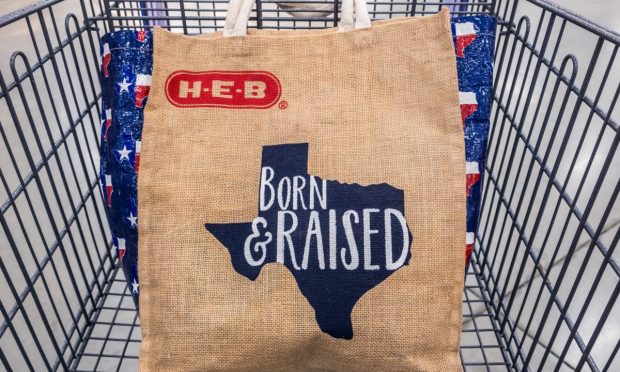Grocers Launch Convenience Store Concepts Despite Challenges in the Space

This week in grocery, H-E-B adds convenience stores, Giant Eagle revisits mailers and Kroger accepts SNAP.
As grocers look to drive up frequency, many are adding shrunk-down c-store concepts. Most recently, Texas supermarket chain H-E-B, which has more than 430 locations in Texas and Mexico, announced Wednesday (April 19) the launch of its Fresh Bites brand, a convenience store chain.
This move includes the opening of a new store and the rebranding of existing H-E-B c-stores, totaling 12 locations, offering prepared foods, fountain drinks, coffee and a limited product selection ranging from beer to T-shirts.
“At H-E-B, we’re always looking to provide Texans convenient ways to get their hands on quality, fresh foods that are good for them,” H-E-B Convenience Store Operations Manager Scott Campbell said in a statement. “With the introduction of H-E-B Fresh Bites, we’re bringing the freshest products to our customers who are on the go but want a better alternative to traditional convenience store snacks.”
In recent months, grocers ranging from SpartanNash to Meijer to Asda have been trying out convenience concepts. Yet not all supermarkets’ c-store efforts are a surefire success. For instance, Pennsylvania-based grocery chain Giant Eagle recently sold off four of its convenience stores in Indianapolis.
“After a careful evaluation of our business, these stores had unique challenges that made it difficult to maintain our high standards and our food-first approach. As such, we made the difficult decision to sell these stores,” Giant Eagle said in an emailed statement.
Giant Eagle Returns to Print Circulars
In additional Giant Eagle news, the grocer is reversing course on its couponing efforts, bringing back print circulars distributed via mail, as CBS News reported, just months after discontinuing its hard copies of its weekly ads.
“We are committed to putting our customers at the center of everything we do to ensure we provide what is most important to them, and what they want most right now is high-quality products at a good price,” said Brian Ferrier, the grocer’s senior vice president of merchandising.
The news comes as grocers, noting consumers’ demand for coupons, seek to optimize their offerings and reach the widest number of shoppers. Research from PYMNTS’ “The 2023 Global Digital Shopping Index: U.S. Edition,” which draws from a survey of more than 2,800 U.S. consumers, reveals that the ability to use coupons is a high priority for a significant portion of shoppers.
The findings indicated that 39% of consumers consider coupon usage to be very or extremely important when choosing merchants, and an additional 3% cited this as the single most important concern when deciding where to make purchases.
Moreover, shoppers who do use coupons tend to be more satisfied with their purchasing experiences, making them more likely to come back. The global edition of the study noted findings that 80% of U.S. shoppers who used coupons were very or extremely satisfied with their experience. In contrast, only 60% of those who did not use coupons said the same.
Some grocers have been looking to have the best of both worlds as far as couponing. In January, for instance, grocery giant Kroger began a program to deliver printed coupons to in-store shoppers, bringing previously digital-only offers into physical aisles.
Kroger Accepts EBT for eCommerce
Speaking of Kroger, the grocer recently began accepting Supplemental Nutrition Assistance Program (SNAP) Electronic Benefits Transfer (EBT) for all online orders, CBS 19 News reported. The news enables the company to build digital relationships with customers who may not otherwise have been able to take advantage of the grocer’s eCommerce options.
“Thousands of Kroger shoppers place digital orders every week,” Kroger Corporate Affairs Manager James Menees said. “Now we are opening our digital grocery shopping experience to more people, with fresh, affordable food conveniently available through pickup or delivery.”
The news comes as grocers look to close the eCommerce gap between affluent consumers and the rest. Research from PYMNTS’ recent study “Changes in Grocery Shopping Habits and Perception,” which draws from a December survey of more than 2,400 U.S. consumers, finds that 57% of consumers who make more than $100,000 a year shop for groceries online at least some of the time, while only 33% of those who make less than $50,000 do the same.

